


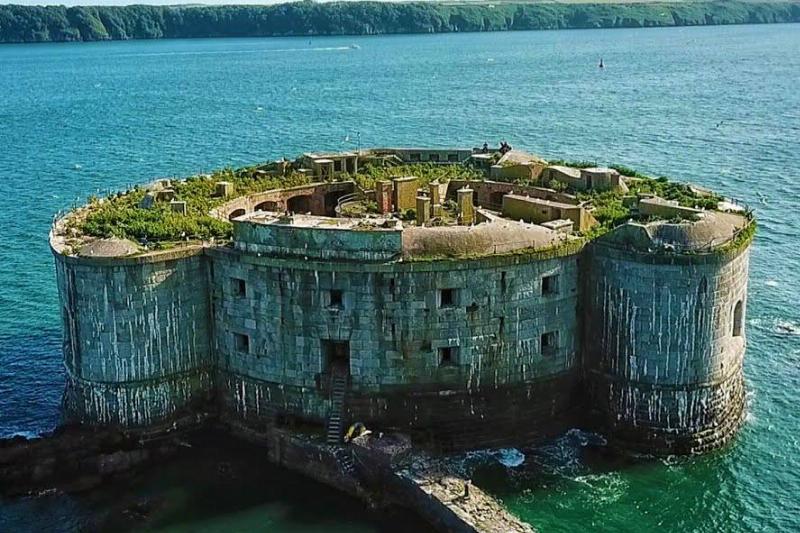
In an age of exploration and technology, it’s fascinating to think there are still places strictly off-limits to visitors. From islands fiercely protected by their inhabitants to fragile natural wonders, some destinations remain tantalizingly out of reach.
Take North Sentinel Island in India, for instance. Its inhabitants have a history of violently defending their territory, as evidenced by the tragic fate of two fishermen in 2006. Visits to the island are now forbidden to protect both outsiders and the Sentinelese tribe.
Svalbard Global Seed Vault: A Lifeline in Uncertain Times
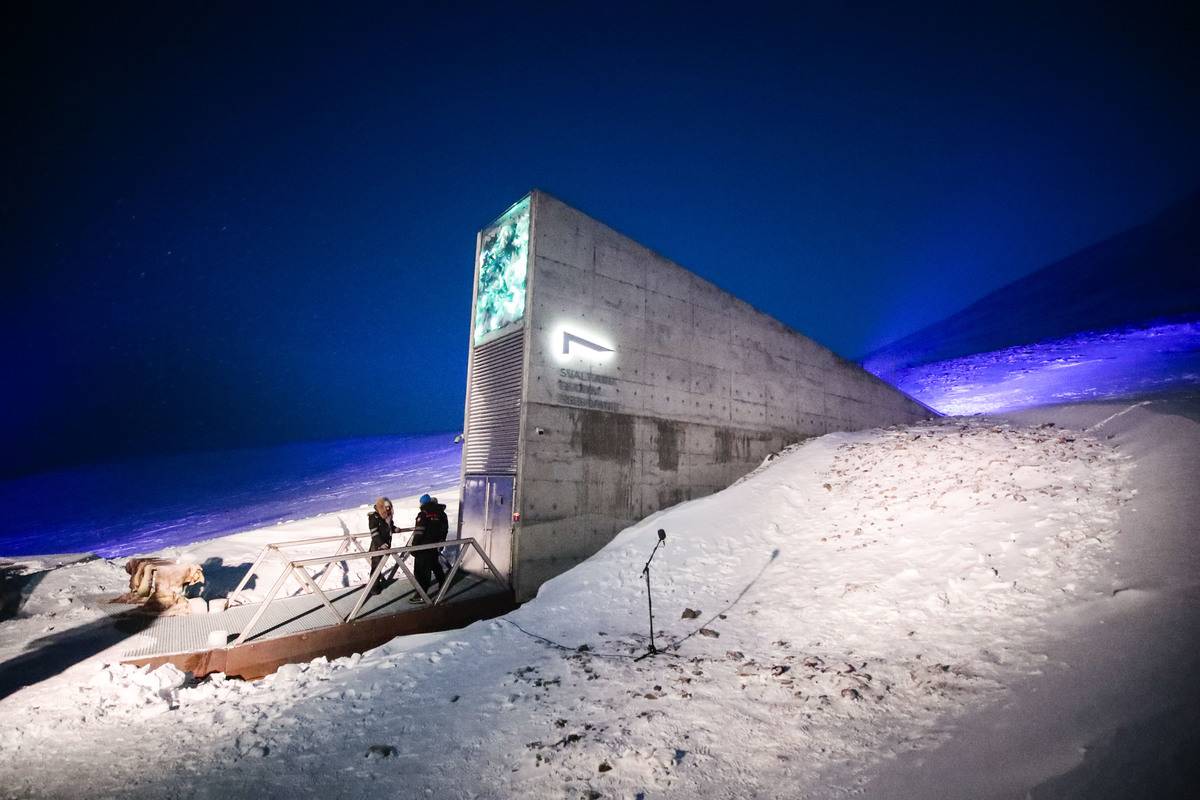
Photo Credit: LISE ASERUD/NTB Scanpix/AFP via Getty Images
Designed for long-term preservation, the Svalbard Global Seed Vault opens only sparingly. Yet, even this arctic fortress has felt the impact of climate change, with melting permafrost reaching its entrance in 2017. This event highlights the increasing urgency to safeguard our world’s agricultural diversity.
The Seed Vault’s importance is underscored by its recent role in helping war-torn and drought-stricken Syria restore vital crops. It serves as a powerful reminder that protecting our natural resources is essential for a resilient future.
The Paris Catacombs: A Haunting Labyrinth of History

Photo Credit: DeAgostini/Getty Images
Beneath the bustling streets of Paris lies a chilling reminder of the past. Originally stone mines, the Catacombs became a macabre resting place for millions of Parisians in the late 18th century. Visitors today can explore a small section of this vast underground ossuary, witnessing countless bones and skulls arranged in a chilling display.
The majority of the 170-mile network remains off-limits and shrouded in mystery. Imagine wandering those dark, twisting passages lined with the echoes of history… a truly bone-chilling experience.
Metro-2: Moscow’s Hidden Underground Network
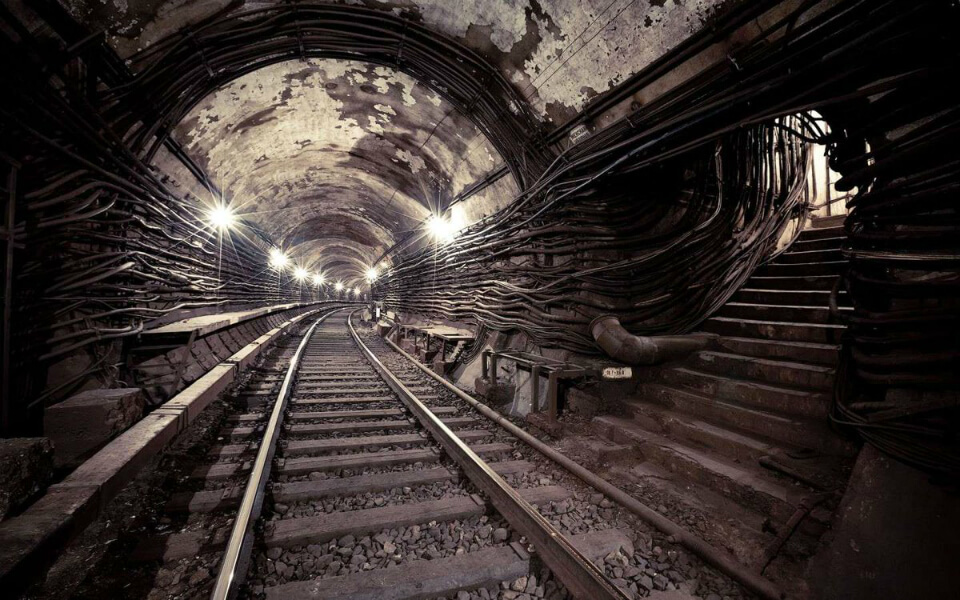
Photo Credit: Twitter
Shrouded in Cold War secrecy, Metro-2 (Line D6) is rumored to be a vast underground transportation system built during Stalin’s era. This clandestine network is said to connect crucial sites like the Kremlin, Vnukovo-2 airport, and the General Staff Academy. Its existence, however, is officially denied by the Moscow metro administration, adding to the enduring mystery.
Lascaux Caves: Ancient Art and Enduring Mystery
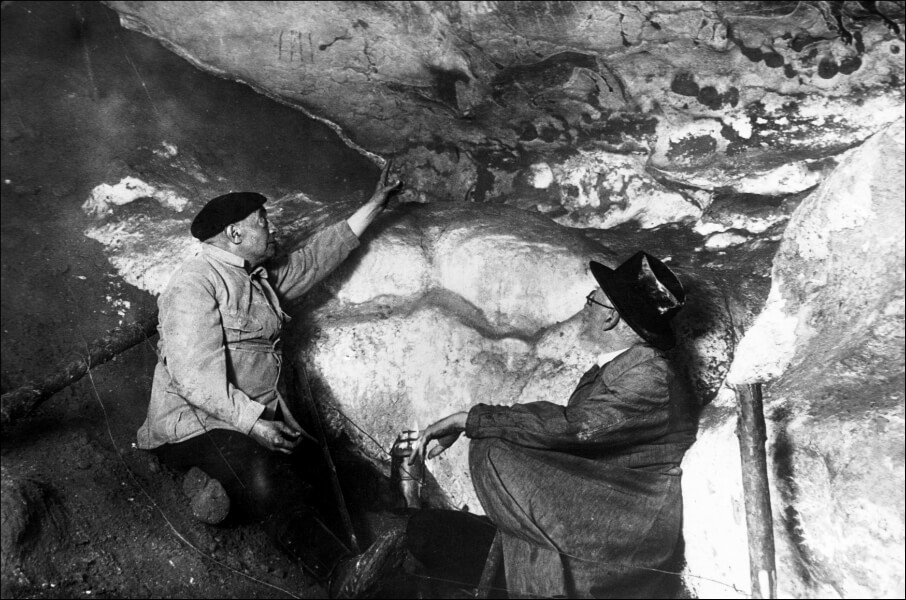
Photo Credit: Jerome CHATIN/Gamma-Rapho via Getty Images
The Lascaux Caves hold a treasure of prehistoric art – vivid animal figures adorn their walls, dating back an astounding 17,000 years. Their discovery in 1940 by Marcel Ravidat ignited imaginations worldwide. What was their purpose? Were they records of successful hunts or emblems of mystical rituals?
Fort Knox: Where Gold Lies Under Lock and Key
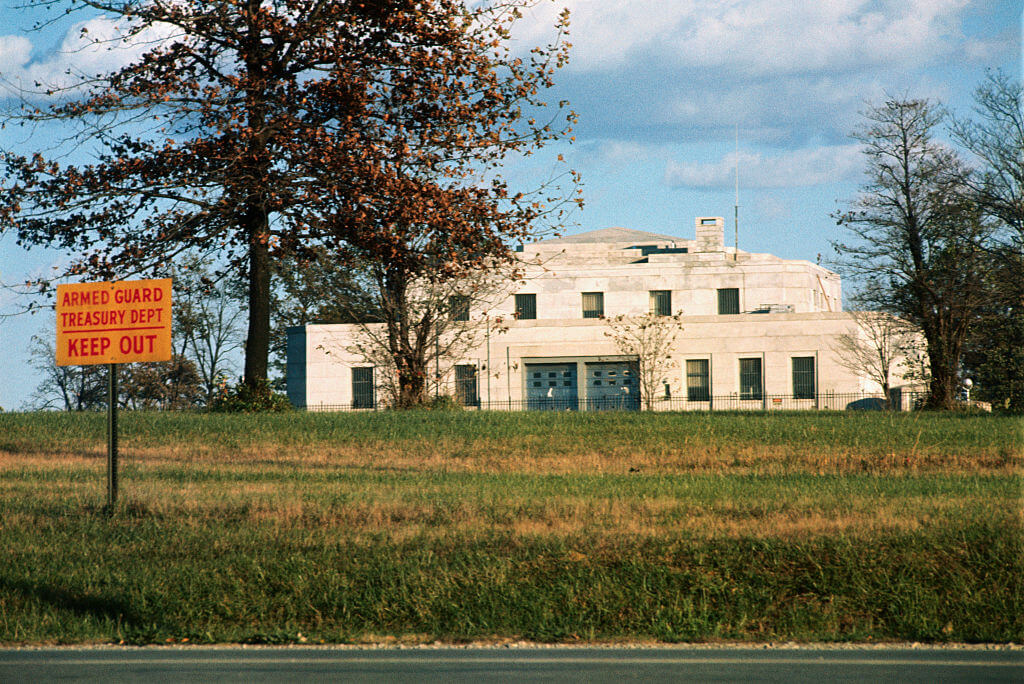
Photo Credit: Bettman/Getty Images
Home to the U.S. gold reserves, Fort Knox is synonymous with legendary security. Its vaults are an enigma – access requires multiple combinations known only to select individuals. This impenetrable system ensures that America’s golden treasure remains fiercely protected.
Ilha da Queimada Grande: Serpent Sanctuary Off Brazil’s Coast
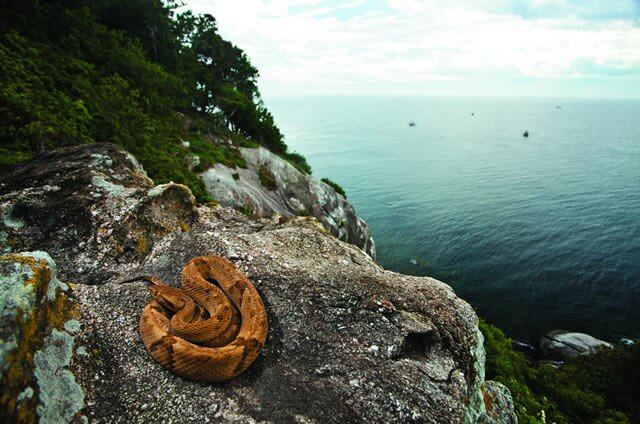
Photo Credit: @PopCultureBook/Twitter
Infamous as “Snake Island,” Ilha da Queimada Grande is a slithering haven for the critically endangered golden lancehead pit viper. This isolated island in the Atlantic Ocean is strictly off-limits to visitors – a wise precaution, given the potent venom of its serpentine residents. The closure serves a dual purpose: protecting both the rare snakes and unsuspecting humans.
Qin Shi Huang’s Tomb: A Treasure Awaiting its Time
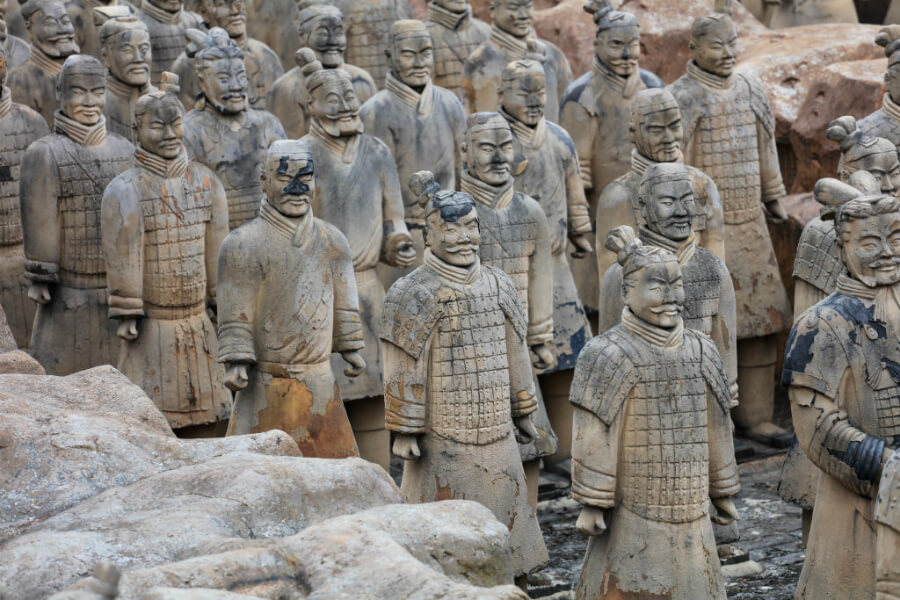
Photo Credit: VCG via Getty Images
In 1975, a chance discovery by farmers unveiled the tomb of China’s first Emperor, Qin Shi Huang. His vast burial complex – including the famed Terracotta Army of thousands of clay soldiers – offers a glimpse into his power. However, the emperor’s central tomb remains untouched, with the Chinese government halting excavation.
Some argue that current preservation technology is inadequate for the treasures it might hold. As technology advances, the debate continues: should we unearth the tomb’s secrets, or let the Emperor rest undisturbed?
Niihau: Hawaii’s Forbidden Isle
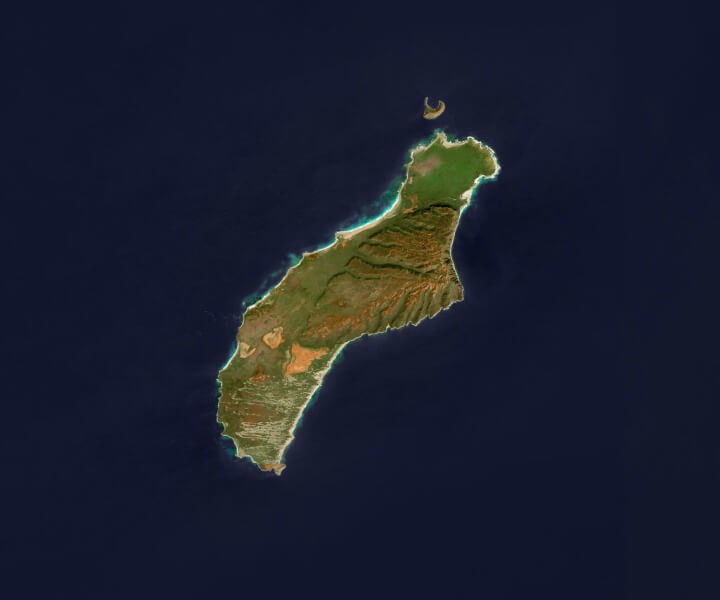
Photo Credit: maps4media via Getty Images
Privately owned since 1864, Niihau Island has earned the nickname “Forbidden Island.” Its isolation was reinforced during the 1952 polio epidemic when travel restrictions were imposed to protect its inhabitants. Today, access is tightly controlled. Only the Robinson family (current owners), U.S. Navy personnel, government officials, and invited guests are permitted to set foot on its shores. This exclusivity adds to Niihau’s mystique, preserving its traditional Hawaiian culture and way of life.
North Korea’s Ryugyong Hotel: A Landmark in Limbo
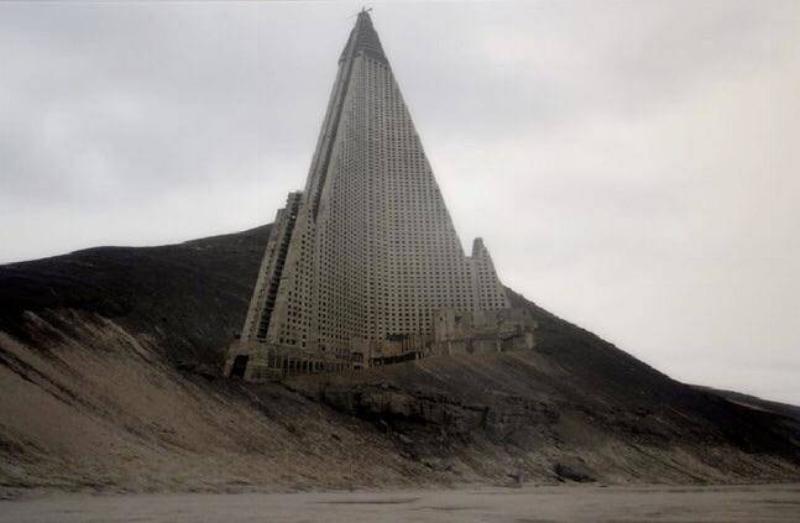
Photo Credit: RIP_Abradolf_Linkler / Reddit
The Ryugyong Hotel cuts a striking figure against the Pyongyang skyline with its sleek, modern exterior. However, this appearance conceals a tale of ambition and delays. Construction began in 1987 but stalled in 1992 due to North Korea’s economic crisis. While the exterior was finally finished in 2011, the hotel remains shrouded in mystery, its grand opening still an elusive prospect.
Stack Rock Fort: Own a Piece of History (and an Island!)

YouTube/samandjesseexplore
Imagine owning your own island fortress! Stack Rock Fort, a relic of Britain’s defense against Napoleon III, stands proudly off the coast of South Wales. Though currently uninhabited, this historic gem is on the market for £400,000. Could it be your next restoration project, a unique residence, or something entirely unexpected? The possibilities are as vast as the sea around it.
Surtsey Island: A Living Laboratory Born of Fire
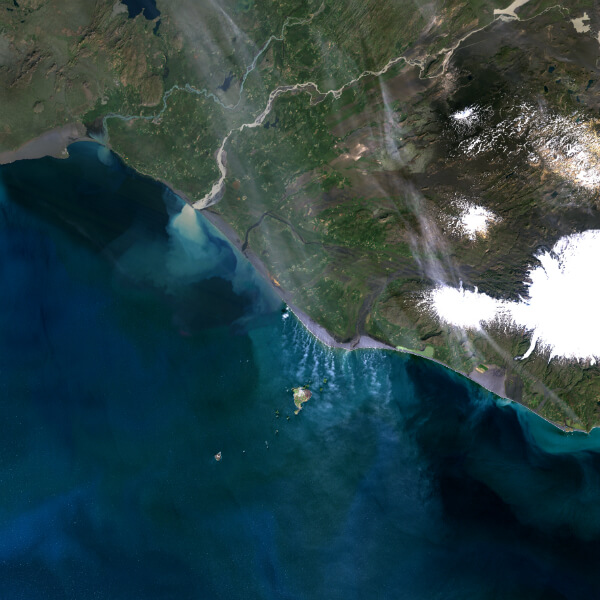
Photo Credit: Planet Observer/Universal Images Group via Getty Images
In 1963, the island of Surtsey formed after a huge volcanic eruption that lasted for three years. Today, the island is only used for scientific research to better understand how an ecosystem forms without any human impact.
There are only a select few scientists that are allowed on the island and one of the main rules for scientists is to not bring any seeds. It’s estimated that Surtsey will remain above sea level for another century.
Ise Grand Shrine: A Timeless Tradition of Renewal
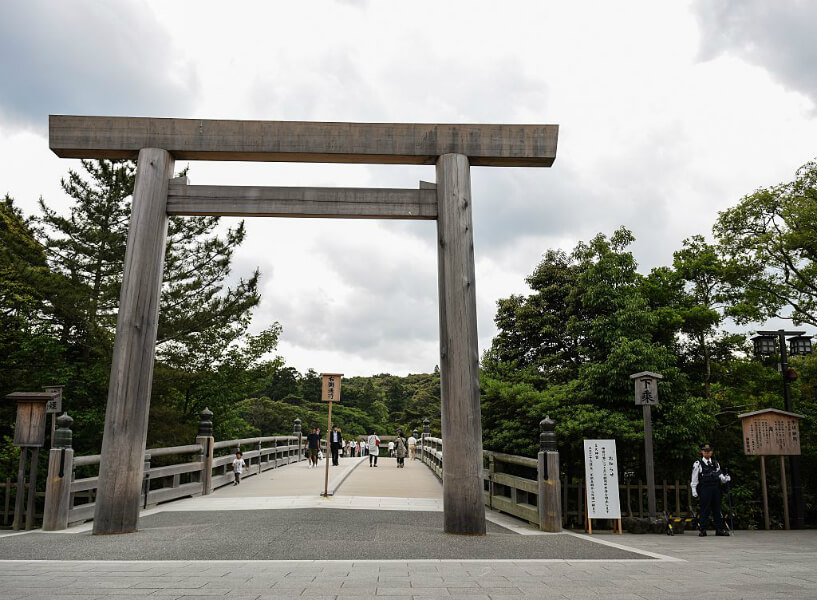
Photo Credit: MANAN VATSYAYANA/AFP/Getty Image
The Ise Grand Shrine, dedicated to the Shinto sun goddess Amaterasu, embodies the Japanese reverence for nature and tradition. Uniquely, the shrine is entirely rebuilt every 20 years, ensuring the continuity of ancient architectural techniques. The shrine’s meticulous construction, using precisely joined wood instead of nails, showcases the enduring beauty of Japanese craftsmanship.
Ise Grand Shrine: Sacred Traditions Veiled in Mystery
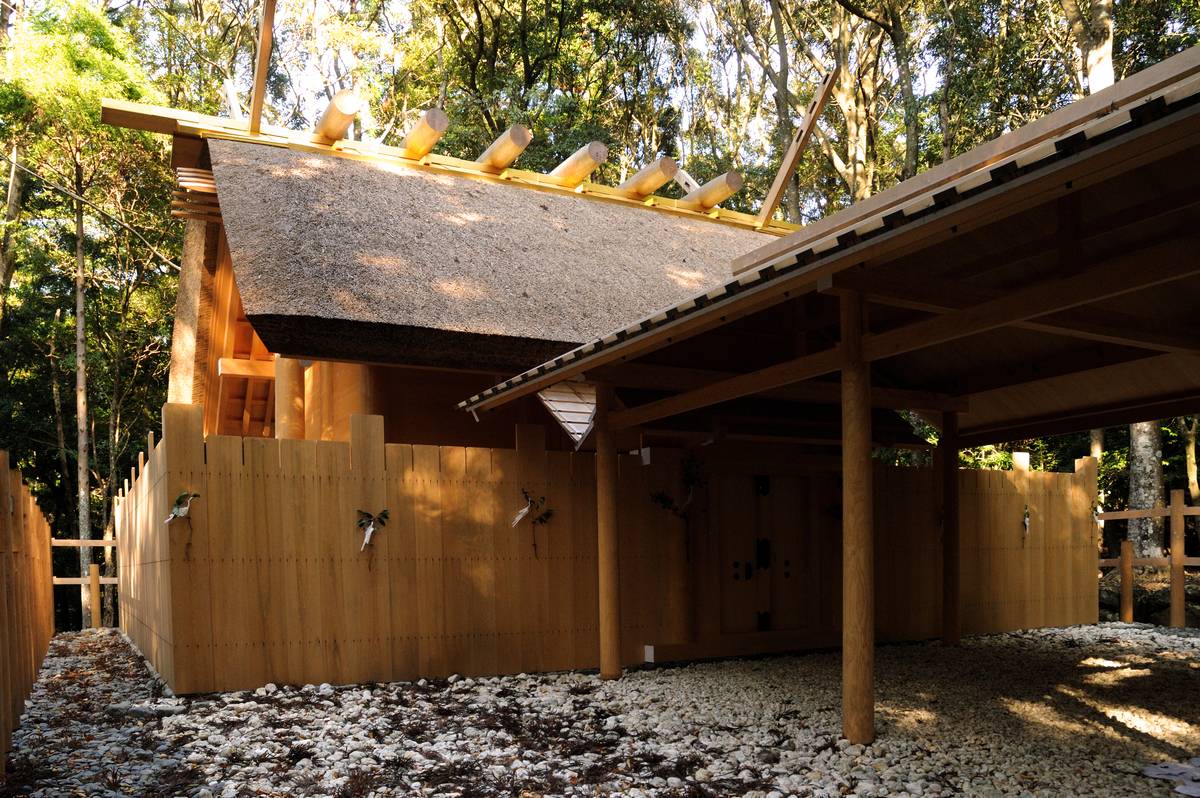
Photo Credit: Hartmut Pohling/Japan Stock Photo/Universal Images Group via Getty Images
The Ise Grand Shrine’s cyclical rebuilding every 20 years mirrors the Shinto philosophy of death and rebirth, honoring the impermanence of the material world. This sacred process is largely hidden from public view. Visitors can only catch glimpses through wooden fences, and photography is strictly forbidden. This limited access preserves the shrine’s mystique, underscoring its profound spiritual significance.
Morgan Island: From Monkey Sanctuary to Research Hub
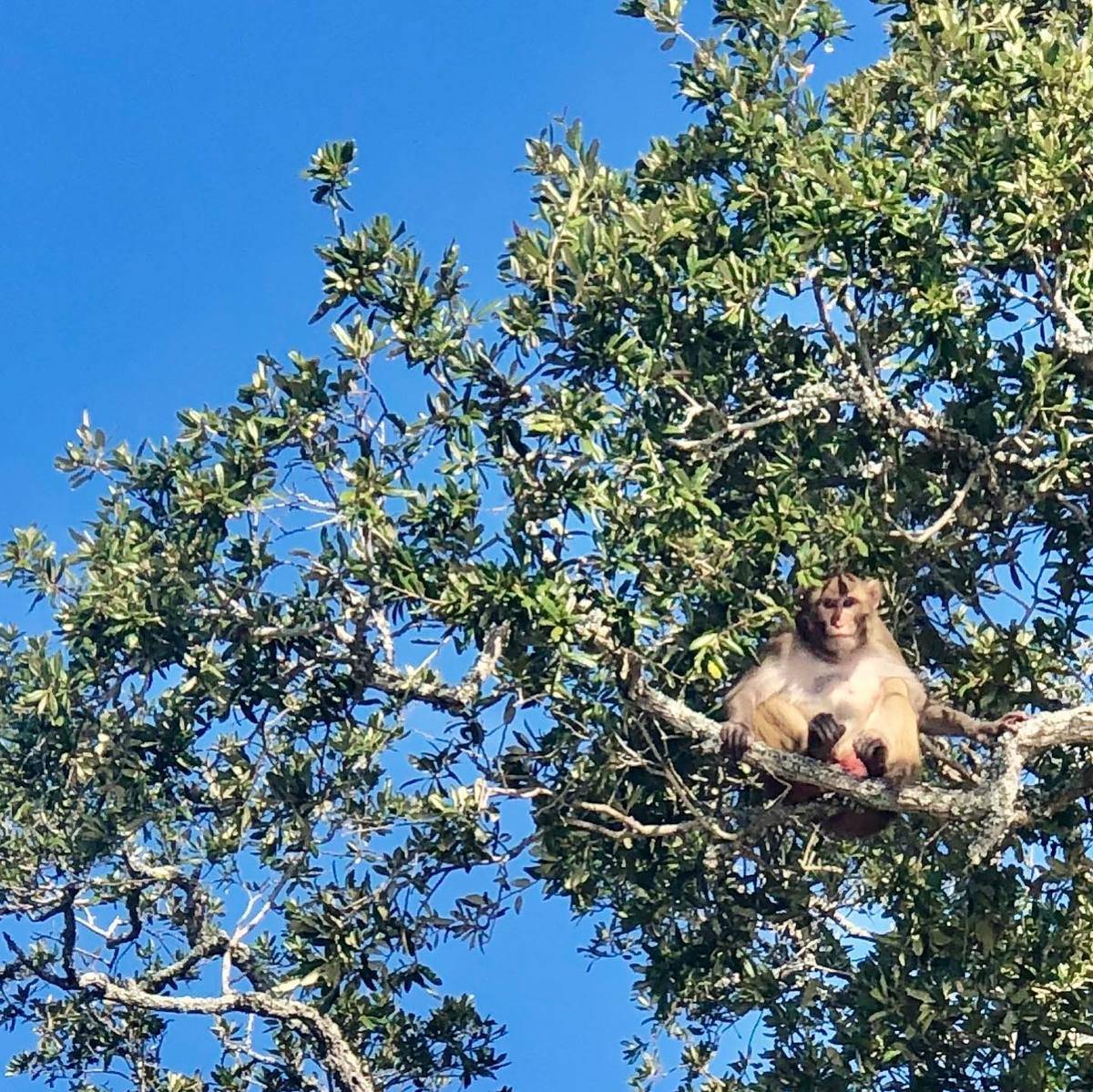
Photo Credit: @gegebsinclair / Instagram
Morgan Island’s unique history began with its transformation into a haven for a colony of rhesus monkeys. This provided a safe environment for the animals and a dedicated research site. Today, access to Morgan Island is strictly limited to scientists from the National Institute of Allergy and Infectious Diseases, who conduct vital public health research with the monkey population.
Poveglia Island: A Plague-Haunted Past
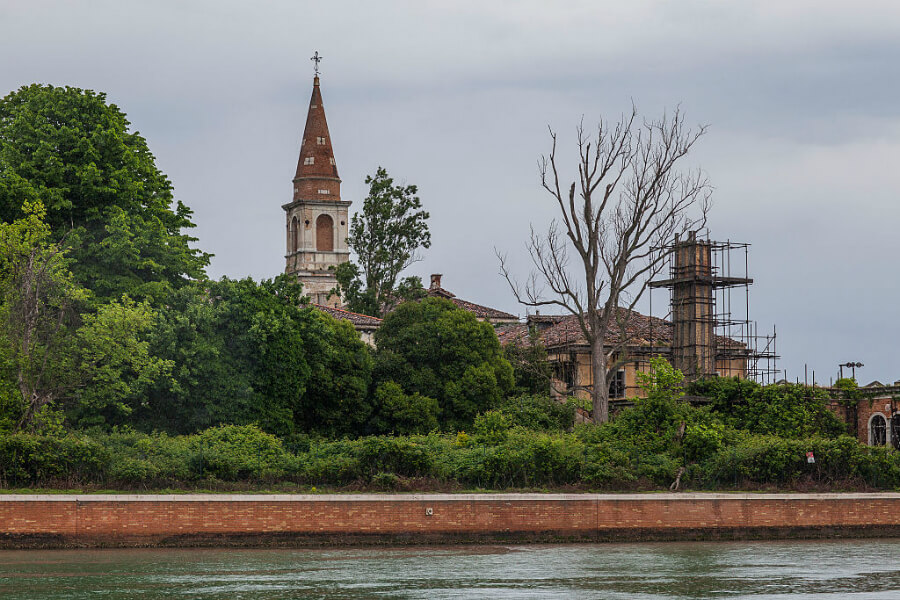
Photo Credit: Marco Di Lauro/ Getty Images
Poveglia Island’s chilling history is rooted in disease. As early as the Roman Empire, it served as a quarantine zone for plague victims. Tragically, this grim purpose was revived during the medieval era, as the Black Death ravaged Europe. Thousands were sent to die on its shores, leaving Poveglia forever tainted by suffering.